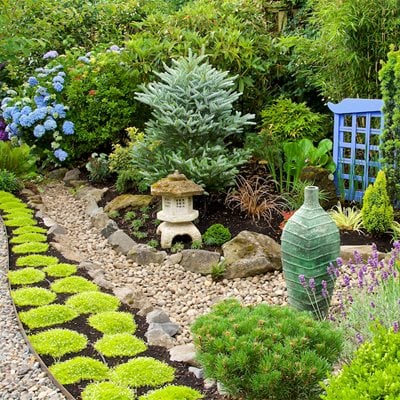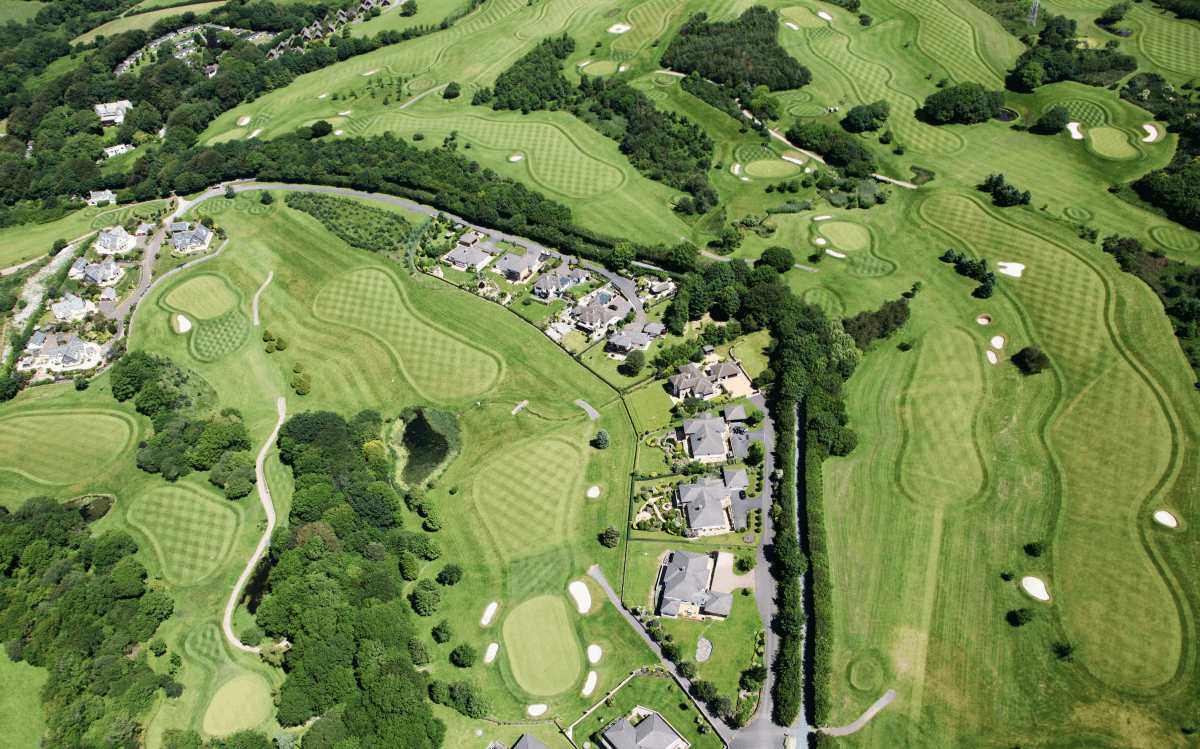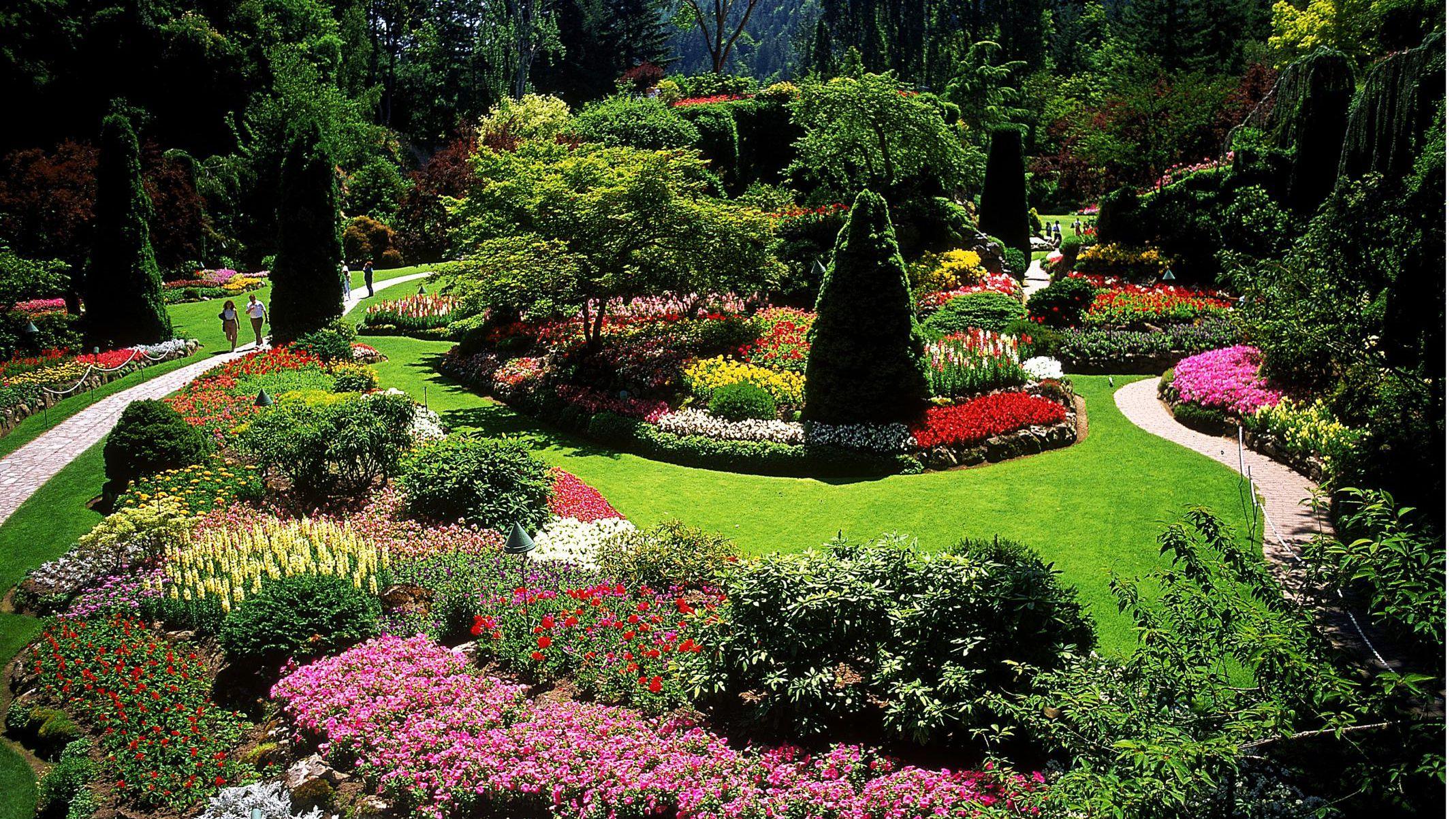3 Easy Facts About Landscapers Described
3 Easy Facts About Landscapers Described
Blog Article
The Only Guide for Landscapers
Table of ContentsLandscapers - The FactsAbout LandscapersHow Landscapers can Save You Time, Stress, and Money.Some Known Factual Statements About Landscapers Get This Report on LandscapersLandscapers Fundamentals Explained
- A garden function where water is represented by an aggregate stone item, usually a gravel or granite. These are most commonly located in contemporary and Japanese garden style.- A stone or flagstone patio area, path, or sidewalk built without a concrete base. The base would be compressed gravel and the joints would certainly be an aggregate or walkable ground cover. - A rock preserving or free standing wall surface built without the usage of mortar. - An underground framework that collect water and enables it to slow percolate into the soil around it.
Landscape design that works with a sites' environment in both look and sustainability without negative influences to the environment. Interrupting the landscape is a line of demarcation that develops visual rate of interest in the garden by separating one segment from one more sector. This can be visual or practical, maintaining one aspect (such as pea gravel) from obtaining mixed into an additional (like bark dust).
Locations can additionally have a sensation of "unit" offered by trees, various other growings, fences, or displays. The landscape near the access to a building. A tree, bush or creeping plant, trained to grow on a wall surface or fence right into a certain pattern. Specifically valuable for fruit trees, making it very easy to harvest the fruit and containing mess.
Getting The Landscapers To Work

The component in a landscape layout or area in a landscape that is implied to be most prominent. The focal factor can be a plant, stone, statuary, gathering space, or other landscape attribute.

The 30-Second Trick For Landscapers
Rock product, either rounded or fractured, that is reasonably little- generally 1" or much less. Reduced plants that are permitted or encouraged to spread out over a location. Can refer to any "tough" yard elements including statuary or stones but many typically is made use of to refer to paths, patio areas, and walls.: Elevation difference between the level of water in a pond (or the degree of the pump if it sits outside the pond) and the top outlet of water which affects efficiency of the water pump in gph (gallons per hour). Dense shrubs or trees that form a fence, screen, or limit.
A chemical used to manage weeds. Fence boards that run flat, typically used in contemporary or Japanese-inspired landscape layouts. Lines that define spaces within a landscape concept. These commonly expand from edges or vital attributes of an existing framework. Proper use of fictional lines can aid the landscape feel connected to the home and other components.
An even more unwinded yard dominated by bent instead of straight bed lines and a much less rigid framework. Standard PNW landscapes are informal. A plant that spreads out even more than wanted, or right into environments where it does damage. Rose city has a list of intrusive plants that must not be installed in landscapes because they can spread out to woodlands or rivers and be difficult to control.
The Best Guide To Landscapers
Can include head positionings and coverage, pipeline sizing, GPM specifications, and materials required to mount this system. Licensed specialist who designs landscapes, coached in engineering and style as well as in cultivation.
Landscape designers generally have less education than Landscape Architects and are not certified. A finished landscape layout, detailing all components for the new landscape.
Making use of numerous plantings of the same range to load in a location in the landscape. This can decrease maintenance and water usage in the garden.
A mix of cement, sand, and water that is used click here for more in rock masonry for establishing rocks and joints. A layer of compost or bark dust applied at the base of a plant. A mass growing of moss. A plant that was present in a geographic place before people started transforming the landscape.
Some Ideas on Landscapers You Should Know
How the garden or a yard element is arranged in connection to an existing or brand-new feature or to a direction. Grasses that are not cut but expanded in landscapes as perennials.

Plants that provide seasonal passion and after that pass away back in the winter. Cold period lawn that is the most typical lawn lawn in Portland, OR and the remainder of the PNW.An open roofed framework over a patio or various other landscape function.
The most usual landscape crushed rock in the PNW. Location of the landscape made to handle rain water up until it can soak right into the ground.
Developing a yard attribute being composed largely of Check This Out stones with plantings that match and can thrive in the rocky atmosphere. Sprinkler head style that turns a stream of water throughout an area.
The Facts About Landscapers Revealed

Report this page